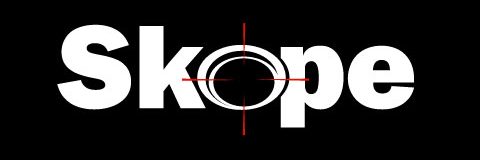As 3D printing continues to grow in popularity in 2025, more creators are turning to resin-based technologies for better detail and precision. Choosing the right resin 3d printer is the first step toward producing high-quality models.
This beginner’s guide covers essential steps, from setting up your workspace to your first print using a printer 3d resin setup, helping you avoid common mistakes and get consistent results.
Understanding How 3D Printing Works
At its core, 3D printing is an additive manufacturing process. A digital 3D model is sliced into layers, and the printer builds it up layer by layer using a specific material. The two main consumer-level printing technologies in 2025 are Fused Deposition Modeling (FDM) and resin-based printing (SLA, LCD, or DLP).
FDM printers use thermoplastic filaments, making them ideal for functional and mechanical parts. On the other hand, a resin 3d printer uses light-sensitive liquid resin to achieve high detail, which makes it popular for miniatures, dental models, and intricate prototypes. Both methods have their pros and cons, but resin printing is often favored for visual quality.
Choosing the Right 3D Printer in 2025
HeyGears UltraCraft Reflex Turbo 3D Printer
Bring your ideas to life with a 3D printer built on robust hardware, intelligent AI optimization, and automated features. designed to deliver consistent, professional-grade results while minimizing the learning curve. Its user-friendly workflow makes it an ideal choice for beginners stepping into resin 3D printing.
Product Highlights
-
Upgraded Amber Screen: Offers a lifespan 2.5 times longer than previous models.
-
True UV Light Source: Provides an enhanced resin curing effect.
-
XY Native Pixel: 33 μm for precise printing.
-
Results-Focused Printing Strategies
-
Smart AI Peeling Force Management
-
Auto Resin Level Detection
-
Auto Heated Tray
-
90.6% Detail Restoration Rate
Essential Tools and Materials
Besides the printer, beginners need a few basic tools to get started. For FDM printers, you’ll need filament spools (like PLA or PETG), a scraper, and maybe a glue stick for bed adhesion. For printer 3d resin setups, materials include liquid resin, a resin tank, nitrile gloves, a wash station (usually with isopropyl alcohol), and a UV curing station.
Don’t forget slicing software. Cura, PrusaSlicer, and Lychee Slicer are popular tools that prepare your 3D model into machine-readable layers.
Setting Up Your First Print
Start by selecting a simple 3D model from a reliable source like Printables or Thingiverse. Import it into your slicing software, adjust settings like layer height, exposure time (for resin), or print speed (for FDM), and export the sliced file to your printer.
For resin 3d printers, ensure your print is properly supported—unsupported overhangs can cause print failure. Once sliced, upload the file via USB or Wi-Fi, load your resin or filament, and start the print. It’s important to monitor your first few prints closely, especially the first layers, as they determine bed adhesion and print stability.
Useful Tips for Beginners
-
Start small: Print simple models to learn how your machine behaves.
-
Ventilation: Always use resin in well-ventilated spaces or with enclosed printers that feature air filtration.
-
Calibrate regularly: Even the best resin 3d printer will produce poor results if not calibrated.
-
Be patient: Failed prints are part of the learning curve. Adjust settings gradually and document what works.
-
Use the right resin: Choose materials that suit your purpose—tough resin for durability, water-washable resin for easier cleanup, or high-detail resin for fine features.
Conclusion
Learning how to 3D print in 2025 is easier than ever, but it still requires a basic understanding of the tools and materials involved. Whether you choose an FDM printer for functional parts or a printer 3d resin setup for detailed models, the key is starting with realistic expectations and a willingness to experiment.
The technology behind resin 3d printers is rapidly improving, with smarter machines like the HeyGears UltraCraft Reflex Turbo offering precision and ease of use that once required much more effort.
For beginners, this is a great time to dive into the world of 3D printing—just start with a simple print, learn from the results, and grow from there.
